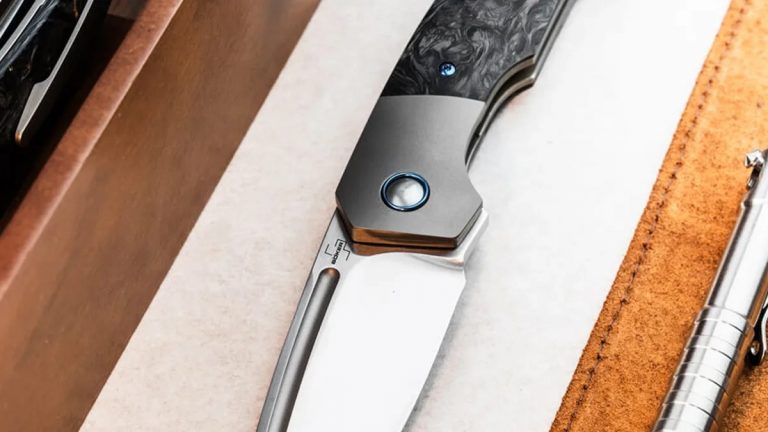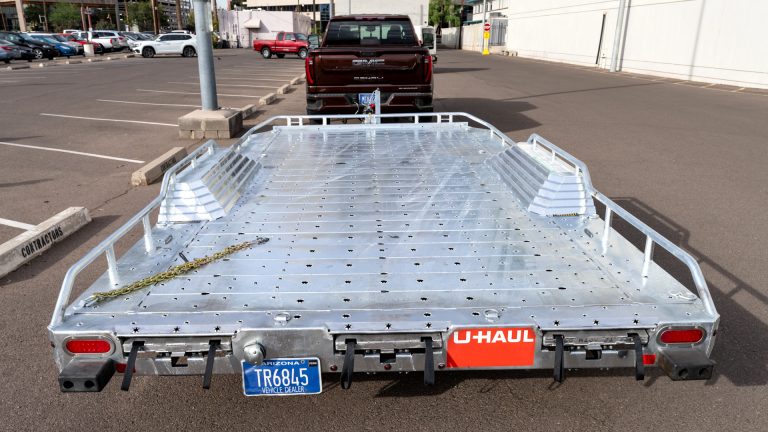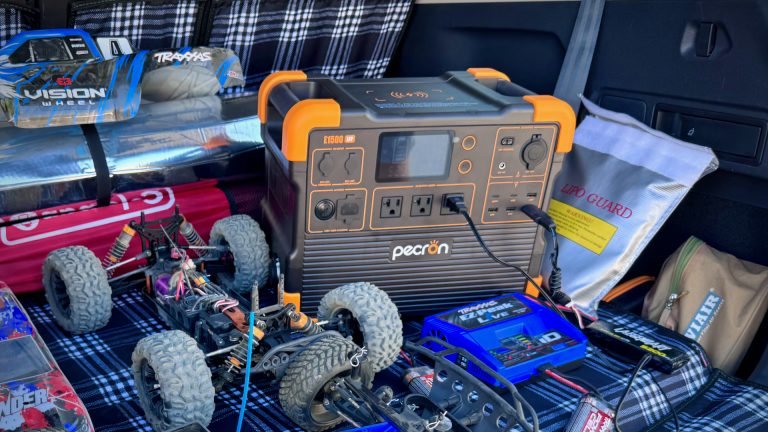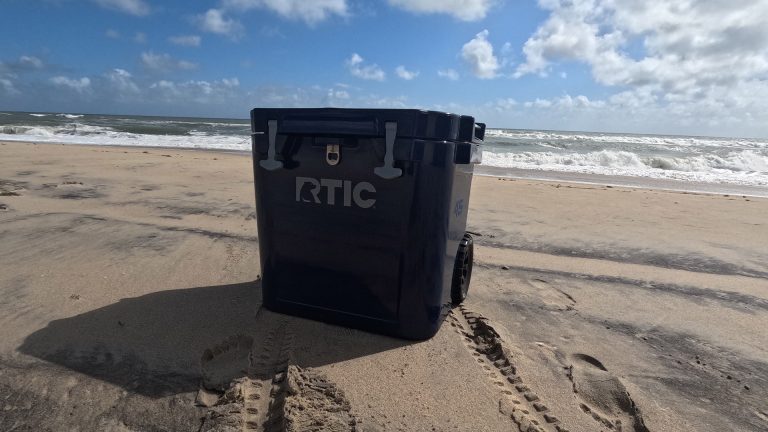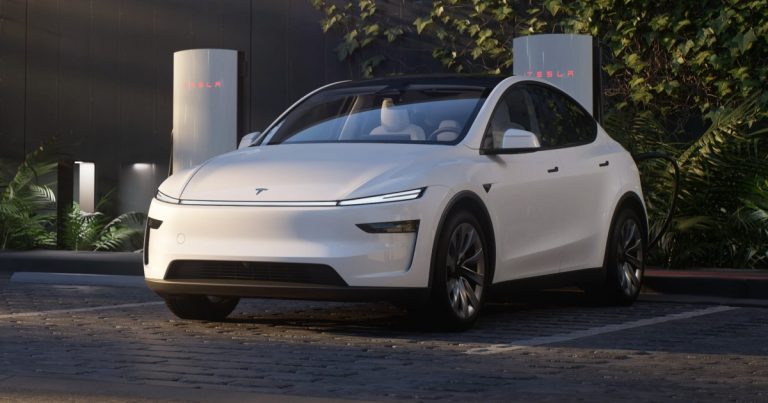2025 Rivian R1S review: The best electric SUV gets better
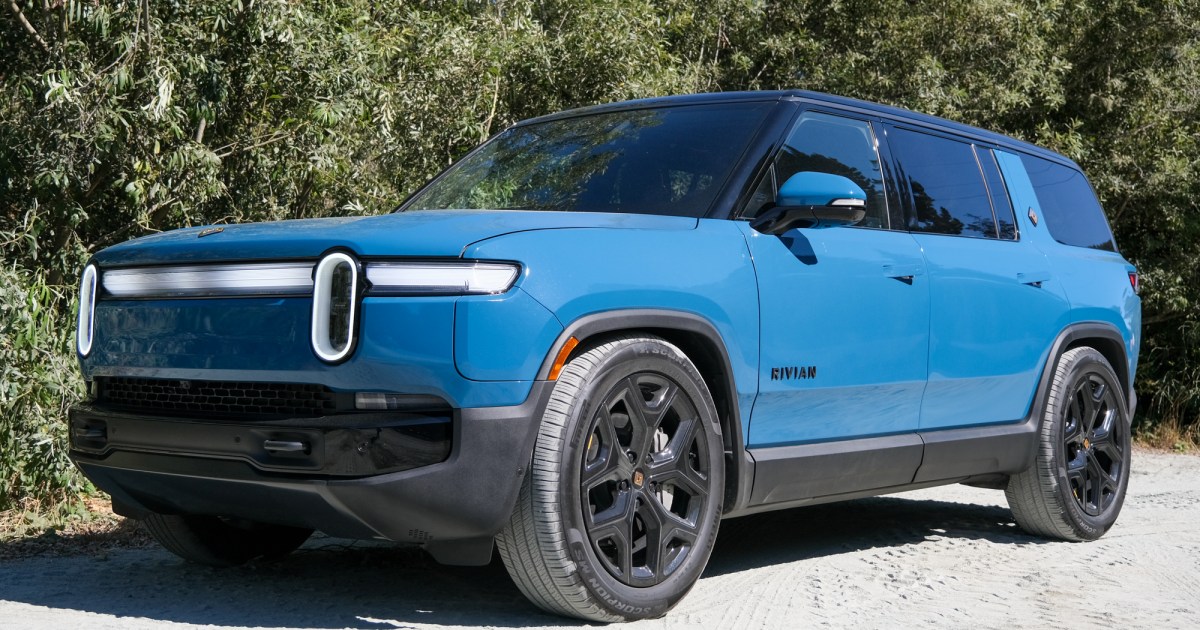
2025 Rivian R1S
MSRP $99,400.00
“My perfect model would be an R1S Dual Max with the Performance Upgrade. But that perfect model still comes at $94,900, which isn’t cheap.”
Pros
- Cool, fun design
- Great range in upgraded models
- Fast performance
- Tons of room
- Excellent software with helpful features
Cons
- No physical climate controls
- Expensive
- Base model range is limited
The Rivian of today feels like the Tesla of six or seven years ago. For many reasons that we’re not going to get into here, Tesla is starting to feel dated and like it’s overstaying its welcome a little. Rivian, however, is bringing fresh ideas to the table with excellent vehicles that deliver great software and cool new designs.
But Rivian is no spring chicken either. The company has actually been around for 15 years now, though most of us weren’t aware of it until four or five years ago, when it launched the R1T truck and the R1S SUV. Since then, the R1S has been considered among the best electric SUVs, but for the 2025 variant, Rivian has given it a second-generation refresh.
I’ve been a huge fan of Rivian for some time now. And recently, I spent a week testing out the 2nd-gen Dual Max Rivian R1S with the optional Performance Upgrade. Ultimately, I found that the new R1S takes what was loved about the original and builds on it in some meaningful ways. Here’s a deeper look.
Design and interior
The exterior design of the Rivian R1S stays largely the same for the 2nd-generation model, but that’s, in my view, a good thing. The Rivian headlights are somewhat controversial. It seems like people either love them or hate them. My wife, for example, hates them. I, on the other hand, love them. I think the general design of the R1S looks and feels relatively premium while avoiding taking itself too seriously, like many modern SUVs seem to do.

There are some changes to the exterior design, though, even if they’re relatively minor. For example, our review model had the 22-inch sport dock, which is new for this generation Rivian R1S. It’s a great look, especially when coupled with the Dark Out package that our loaner vehicle had, which replaces the silver logos and accents with black. On the Rivian Blue paint, it looks excellent.
Perhaps more important than those things, however, is the new LED light bar at the front. At first glance, it looks the same as the previous generation’s, and most of the time, it acts the same too. But the segmented light bar can actually be used to indicate status. For example, it can show the battery level when the car is plugged in and charging. Sure, it’s very easy to see how charged up your Rivian is, both in the car and in the app on your phone. But this change is still welcome and makes it easier to see information about your vehicle at a glance.

The interior has gotten many more updates and tweaks compared to the exterior, though. For starters, there’s a new dynamic glass roof that can be electronically tinted, and an interior lighting system that is customizable. That’s on top of the addition of extra interior storage.
Generally, I loved the interior of the vehicle. It felt like it was built with premium materials throughout, and I never felt worried about breaking or damaging anything. And there was plenty of storage for both the driver and the passengers — including room for two phones in the form of wireless charging pads. It was also easy to fold down the third-row and second-row seats, though it perhaps might have been nice if this was motorized. Still, the buttons for the second-row seats are easily accessible from the trunk, which is handy, considering you’d otherwise have to walk around to the doors.

The Rivian R1S is a large SUV and it has three rows of seating for up to seven people. It felt spacious even with the third row of seats up. However, given the fact that I have a baby and regularly loaded a stroller into the car, I did have the third row down most of the time. Technically, the front trunk of the vehicle is smaller than on the first-generation model, but I still had no problem loading in a full week’s worth of groceries (around four or five bags) with room to spare.
Tech, infotainment, and driver assist
Of course, Rivian is a tech startup just as much as it is a car company, and the R1S is packed with tech to make the experience of driving it modern and convenient. You’ll interact with tech from the very first time you sit inside the vehicle, when you adjust the motorized seats and mirrors into a position that can be saved as a preset.

Presets are, in fact, a big part of R1S usage, especially for families with multiple drivers. The R1S automatically detects who’s driving the car based on the phone key, and if you have presets saved for different drivers, it’ll adjust automatically. This includes much more than just seat position, too. The fans in the vehicle are also motorized, and they’ll adjust to a preferred position, along with things like the drive mode and regenerative braking settings. It really helps make the car much more convenient for families with multiple drivers who will use the vehicle. A pet peeve of mine is when vehicles revert regenerative braking settings when you turn the car off, but the R1S avoids this and goes the extra mile.
Rivian also redesigned the infotainment system for the second-generation R1S. Rivian notoriously does not include CarPlay in its vehicles, but I don’t think it really needs it. The infotainment system in the second-generation R1S is responsive, well-designed, and packed with features. I’ve covered this in more detail in a separate piece, but the fact is that the software on the R1S is very easy to navigate. It puts media controls in helpful positions (front and center even when you’re using the maps), and the mapping system works well, allowing users to easily add stops or make changes. Seriously, Rivian is one of only a tiny handful of companies that’s actually building good car software. And I hope others take notice.

I was a little skeptical about the lack of physical climate controls in the R1S, and while I still don’t love the fact that you can’t easily tweak climate with physical controls, over the week that I drove the vehicle, I found it to be a little less of a problem than I expected. Much of this has to do with the preset vent positioning, which allows you to set your preferences and always have the vents positioned the way you want them. The software has quick controls for temperature, though I would have liked easier access to fan speed controls too. As it stands, you’ll tap the temperature buttons to access fan speed controls and other climate controls, but you can change temperature with simple arrow buttons from anywhere in the interface.
Rivian has announced dedicated Apple Music support for the R1S, however, that’s not available just yet, and as such, I wasn’t able to test it. Other smart features include support for Alexa, which you can log into, and dedicated apps for Tidal and Spotify.

The good software experience extends beyond the software actually built into the car. There’s an app that you can use with your Rivian vehicle, and it’s also relatively well-designed. On an iPhone, the app offers easy access to controls that you might need, like the ability to lift the tailgate or front trunk. It also offers an excellent widget that also has controls for the front trunk and tailgate, along with information like battery level. I did find that the widget sometimes wasn’t very responsive, however, I’m also running an iOS 18 beta, so it’s hard to know exactly why that was.
On top of great software, Rivian has also built helpful driver assist features into its cars. Some of those you would expect. There’s an excellent and clear backup camera, along with a bird’s eye view that makes it much easier to park. And there’s an autonomous driving feature that can be activated on the highway, and that worked quite well in my experience. You can activate this very easily too, by tapping the right stalk behind the wheel twice. The vehicle will make you keep your hands on the wheel, but you don’t need to be gripping the steering wheel very tightly. And I found that the system worked relatively well. Rivian has said that more advanced autonomous features will be coming later this year, though, again, I was unable to test these.
Driving experience
I loved driving the Rivian R1S. Rivian offers a number of different configurations for the second-generation R1S. There are three battery sizes to choose from, and if you go for a dual-motor variant, you can choose between the standard motors or the Performance Upgrade. On top of that, there’s a tri-motor model, and next year there will be a quad-motor version too. Our review model was the R1S Dual Max, with the Performance Upgrade that increases the horsepower from 533 hp to 665 hp.

With the Performance Upgrade, despite being such a large and heavy vehicle, the R1S felt zippy and responsive. Seriously, it’s kind of shocking how quick a car this heavy can get. The Performance Upgrade allows the vehicle to accelerate from 0 to 60 mph in only 3.4 seconds. That’s very, very quick — and it was coupled with responsive steering and an air suspension system that you can customize to your preferences, ensuring that you can get a very smooth ride or a slightly more tactile one.
I found that the regenerative braking on the vehicle was quite good too. You can customize regenerative braking modes to be more or less aggressive. I like single-pedal driving, so I had it set to the most aggressive mode. This allows drivers to recapture more energy, improving on an already excellent range.

The 2025 R1S features new air springs and revised suspension tuning, all in an effort to help make steering a little more responsive and reduce cabin movement under hard acceleration and braking. And while I haven’t had a ton of experience in the original R1S (though I have driven it a few times), I did feel as though this model was able to take corners tighter than I would have expected given its size and weight. There was very little body roll on even tighter corners, and I felt like I was able to maneuver the vehicle easily, even in a smaller driveway.
Range and charging
One of the best things about the Rivian R1S compared to other new electric SUVs like the Kia EV9 is the fact that it has an excellent range, though that does depend a little on which trim you go for. The base R1S is the Dual Standard variant, which offers 270 miles of range. Step up from there and you’ll get the Dual Large model with a larger battery that delivers 330 miles. The third battery size is available in the Dual Max R1S, and it delivers 410 miles of range. That was the model that we tested.

Overall, I felt that the range was excellent. I am able to charge at home, though I don’t own an electric vehicle, so I only do so using the level 1 chargers that come with vehicles like the R1S. While this is very slow, even owners who charge via this method will be able to get by without using fast charging stations in the majority of day-to-day driving. Of course, it does help that I work from home, but if your commute is relatively short, you should find that your vehicle is always charged up when you need it.
I did have some trouble with fast charging, though that has nothing to do with the R1S and more to do with terrible charging infrastructure. The problems I experienced were at an EVgo fast charging station, which offered two chargers and only one that worked. When I pulled up, the R1S had about 100 miles of range left. So I plugged it in and went to lunch. About halfway through lunch, I realized that the vehicle had stopped charging, and upon returning to the vehicle, it became clear that someone had unplugged the car while I was gone. Again, this isn’t a Rivian problem by any means, but it does illustrate that most EV buyers should be ready to deal with issues like this or charge exclusively at home.

Eventually switching to the Tesla NACS charging connector will help too. Early buyers of the second-generation models won’t get this, and the model I tested still had a CCS port. However, Rivian has announced that it will incorporate NACS into the R1T and R1S in 2025.
If you can charge at home, you’ll have no issues. It helps, of course, that the R1S has a great range, and I loved having access to a range of 400-plus miles.
How DT would configure this car
For most buyers, I think the most important consideration to make relates to range. The Dual Standard R1S has a range of 270 miles, which is fine, but not excellent. I think most buyers should consider upgrading to the large or max battery size, which deliver 330 miles or 410 miles, respectively. If you can swing the upgrade to the Max battery, you may find that it comes in handy for things like road trips.
I don’t think most people need to upgrade to the tri-motor or quad-motor models. Performance upgrades are down to personal preference, of course. However, if you do want that extra zip, then the performance upgrade is likely more than enough. Also, it costs $5,000, which is much more palatable than the $15,000-plus upgrade to a tri-motor variant.
It helps that all models of the R1S are all-wheel drive too. That means you don’t have to pay extra for a performance package just to get all-wheel drive if you plan on driving in snow or off-roading. And it ultimately means that, really, any performance upgrades are down to mostly just wanting to go fast on the highway. I get that. My perfect model would be an R1S Dual Max with the Performance Upgrade. But that perfect model still comes at $94,900, which isn’t cheap.
If you are in the market for a premium electric SUV and want something with a little more personality than some of the competition, then the R1S is the way to go. It’s the best electric SUV out there right now, both in terms of tech features and car features. It drives extremely well, has an excellent range, and looks cool too.


